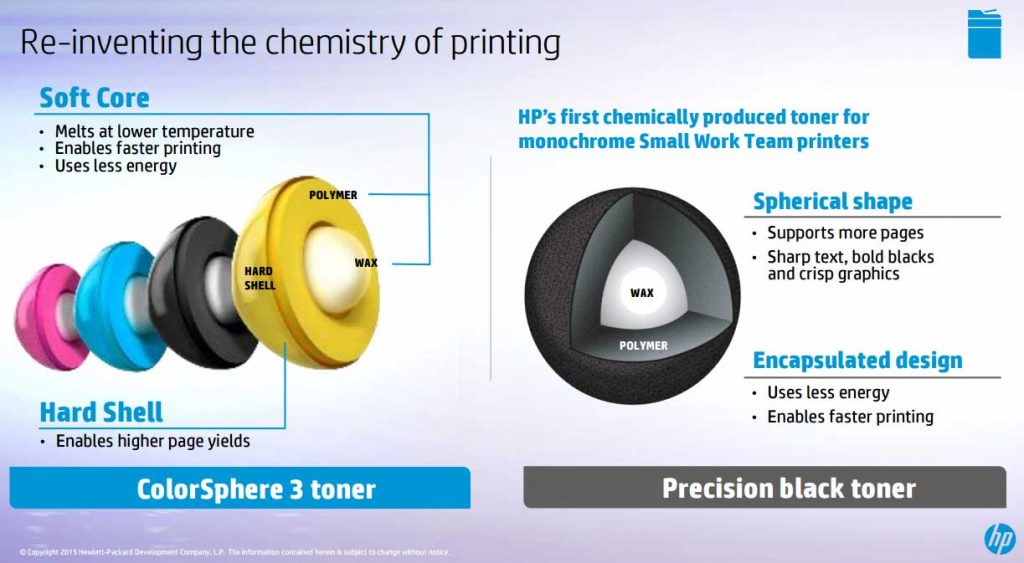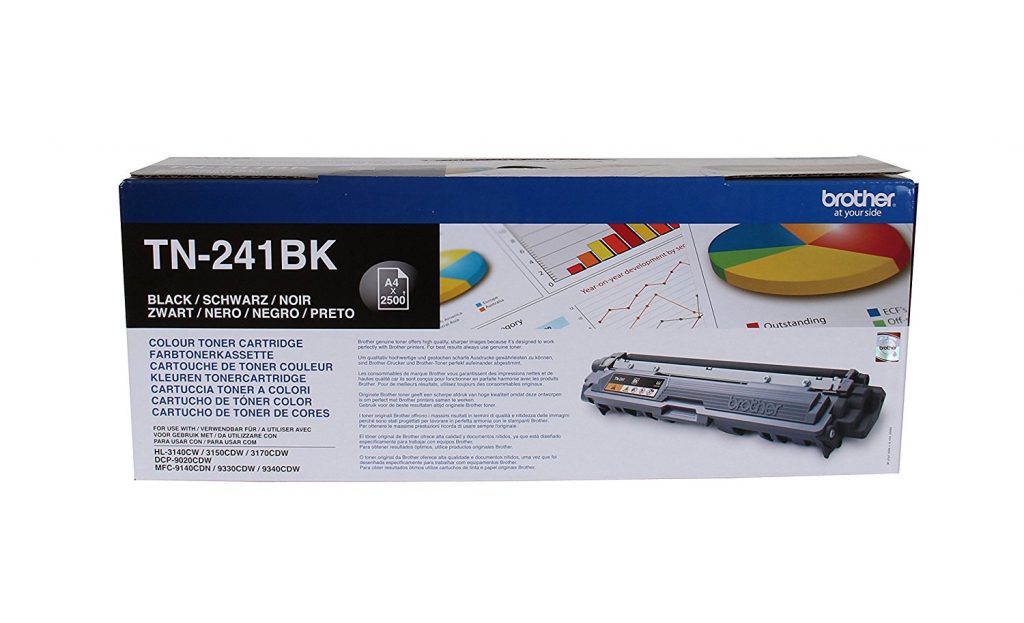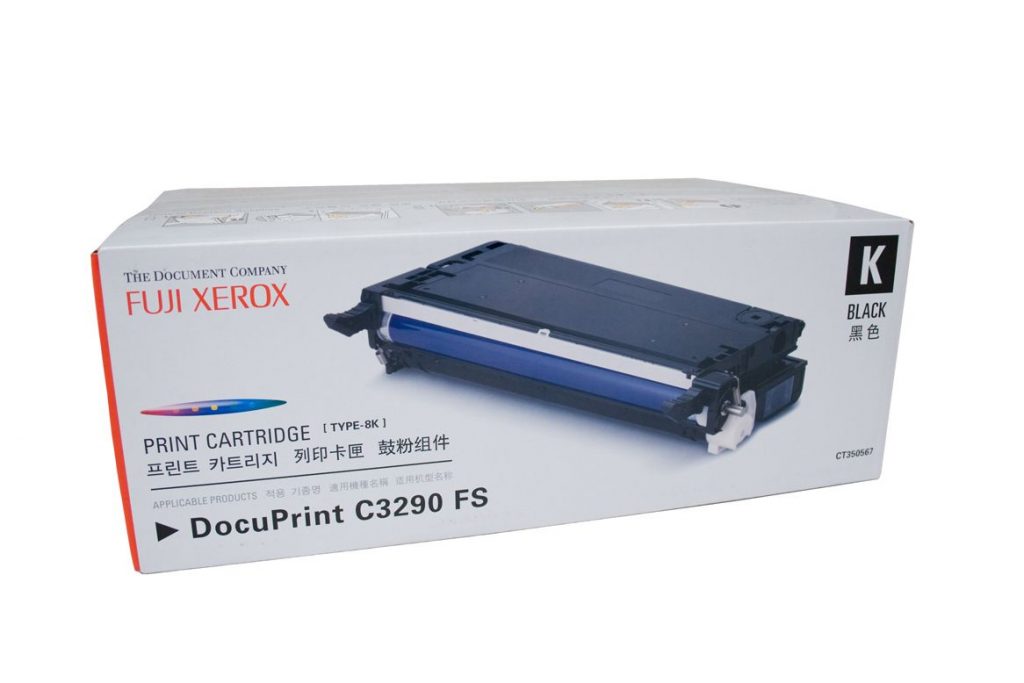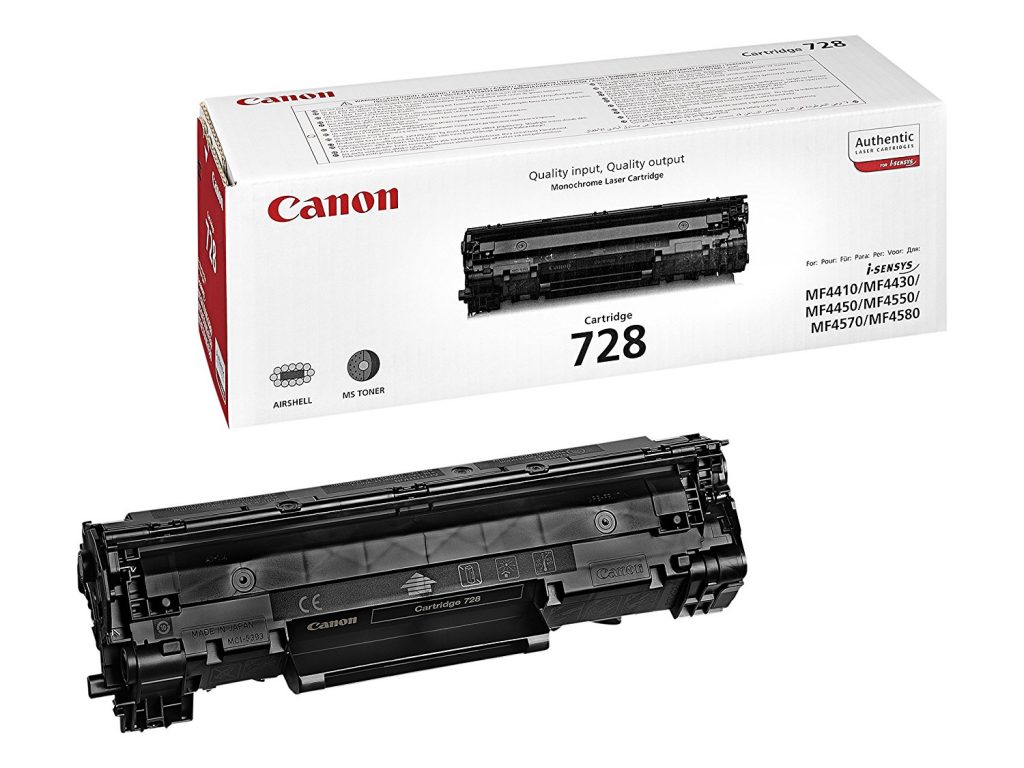 It’s a good idea to take advice or at least research before you go to buy something new. If you ask an expert before buying a new laser printer, it would be very likely that the experienced individual will tell you to pay close attention to the toner cartridge yield. It is the same as considering the mileage of a vehicle that you expect to use on an everyday basis. Very few amongst us, though, even bother to look at the cartridge yield when buying a printer.
It’s a good idea to take advice or at least research before you go to buy something new. If you ask an expert before buying a new laser printer, it would be very likely that the experienced individual will tell you to pay close attention to the toner cartridge yield. It is the same as considering the mileage of a vehicle that you expect to use on an everyday basis. Very few amongst us, though, even bother to look at the cartridge yield when buying a printer.
This puts us in the unenviable position of paying through our noses just to keep our printers running. The worst is that you need to use your printer regularly or it stops working altogether. It’s an insidious trap. You need to stop printing too much to save money because the toner cartridge yield isn’t good enough but you can’t stop printing because that will result in your printer getting ruined.
So, you need to pay close attention to the toner cartridge yield before pulling the trigger on that printer purchase. If you don’t, you’ll set yourself up for a lifetime of unnecessary spending. In order to pay attention to the toner cartridge yield, you’ll need to understand what it is in the first place.
How Is The Toner Cartridge Yield Estimated?
 This is a subject that we’ve focused on before on this blog. Even so, we’ll quickly summarise. Toner cartridge yield is estimated on the basis of ISO/IEC yield methodologies. These are standardised methodologies offered by an independent third party so that buyers can compare cartridges made by different Original Equipment Manufacturers (OEM). Since you can’t compare apples and oranges, this is a way to turn all the oranges into apples or vice versa.
This is a subject that we’ve focused on before on this blog. Even so, we’ll quickly summarise. Toner cartridge yield is estimated on the basis of ISO/IEC yield methodologies. These are standardised methodologies offered by an independent third party so that buyers can compare cartridges made by different Original Equipment Manufacturers (OEM). Since you can’t compare apples and oranges, this is a way to turn all the oranges into apples or vice versa.
While technically, the methodology is complex with lots of little intricacies, we’ll simplify it for easy reading. The principle is simple here. Find how many pages every cartridge will yield. Since the pages can’t be different, find a way to standardise the pages being printed. The chosen standardisation was five percent coverage. This means that only five percent of the pages will be covered in toner.
This is why you see “XYZ pages with 5% coverage” on all cartridges. If the phrase “5% coverage” is not prominent on the cartridge box, you can be sure that it’ll be available in the fine print somewhere. That’s just how the industry works.
Common Reasons for Low Toner Cartridge Yield
 Now, you’re most probably thinking that these standardised tests don’t mean anything. After all, your cartridges don’t often yield the number of pages listed on the box. The thing is: it is fairly common for cartridges to offer fewer pages than advertised on the box. This happens for a number of reasons but here are the most common ones.
Now, you’re most probably thinking that these standardised tests don’t mean anything. After all, your cartridges don’t often yield the number of pages listed on the box. The thing is: it is fairly common for cartridges to offer fewer pages than advertised on the box. This happens for a number of reasons but here are the most common ones.
- Your pages have more than 5% coverage: This one is quite obvious. You’re not meeting the estimated toner cartridge yield simply because you’re printing pages with more than 5% toner coverage. This could happen in any number of ways. Images and graphics almost always require more toner than 5% coverage pages do. At the same time, many text documents also see higher percentages. In the case of text documents, the percentage can also depend on the font you’re using.
- You print double sided a lot: What many people don’t realise is that pages that are printed on both sides are counted as two pages when it comes to toner consumption. It may sound like common sense to you but printer owners generally tend to count the number of pages they’ve used from a stack. This will give them the number of pages they’ve used but if they’ve printed in duplex then the estimated count will be way off the actual number. Duplex printing also means that the paper has to travel long distances to be reversed. While the paper is turning, the printing process is still active. What this means is that when you print duplex, your printing and cartridge components are active for more than the period needed to print two pages.
- You let the printer lie idle for too long: Toner cartridge yields are based on optimum conditions. The optimum condition for every printer and cartridge is ‘regular use’. This means that if you only use your printer off and on, then the number of pages you print from a given set of cartridges will not meet the estimated total. This happens because printer and cartridges have mechanical components that need to keep moving to be efficient. For instance, when a printer is not used regularly enough, the toner particles can fuse or solidify, preventing optimum consumption.
- You’ve been printing in composite black: The average Joe doesn’t know about greyscale printing. They think that if they print in black and white, they won’t be using colour cartridges. However, many modern printing technologies are such that colour toner is used while printing black and white pages as well. This is done to make the black more vibrant on the pages. This is known as composite black.
- Toner hasn’t run out but the cartridge is done: As mentioned earlier, the estimated toner cartridge yield is based on optimum conditions. Some components found inside cartridges include cleaning blades, photoconductors, and developers. Sometimes, when optimum conditions are not available, one or more components in the cartridges can give out before the toner runs out. A good example of this can be seen with users who print a lot of envelopes or other such narrow media. This kind of printing wears the photoconductor out before everything else to a point where the toner is available in the cartridge but the cartridge can’t print anymore.
What Other Factors May Lead To A Low Toner Cartridge Yield?
 The previous section listed the most common reasons why printer owners often find their cartridges running out before meeting the estimated toner cartridge yield. These aren’t the only reasons, however. There are many more reasons that need to be accounted for. Here are a few.
The previous section listed the most common reasons why printer owners often find their cartridges running out before meeting the estimated toner cartridge yield. These aren’t the only reasons, however. There are many more reasons that need to be accounted for. Here are a few.
- Erratic printing: Every time you give a print command, you’ll notice that things start to move before the paper is even pulled into the print. Similarly, after the print has spat out the printed paper, you’ll hear sounds coming from inside the printer. This is also because certain components are moving even after the paper has been printed. Therefore, two print tasks containing five paper each and one print task containing 10 papers will cause different wear and tear on the printer and the cartridges. Doing the former too often will result in your cartridges not meeting the toner cartridge yield.
- High humidity: Printing, at the end of the day, is a combination of mechanical and chemical forces. Both, mechanical and chemical processes require the right conditions. Even though your printer and cartridges are manufactured to operate in varying conditions, high humidity is one thing that can affect their workings. Thus, if your printer is located in a room with high humidity or you live in a place with excessive humidity, then your cartridges may not meet the estimated toner cartridge yield.
- Alienation system: This is a system that ensures the disengagement of colour cartridges from the process flow when a monochrome print task is received by the printer. However, this system is designed to operate in a way that doesn’t affect the print speed of the device. This means that if you alternate between colour and monochrome pages a lot, then the alienation system may not kick in always to ensure high print speed. This can result in wear and tear for your cartridges and, hence, reduce your toner cartridge yield.
Leave a Reply